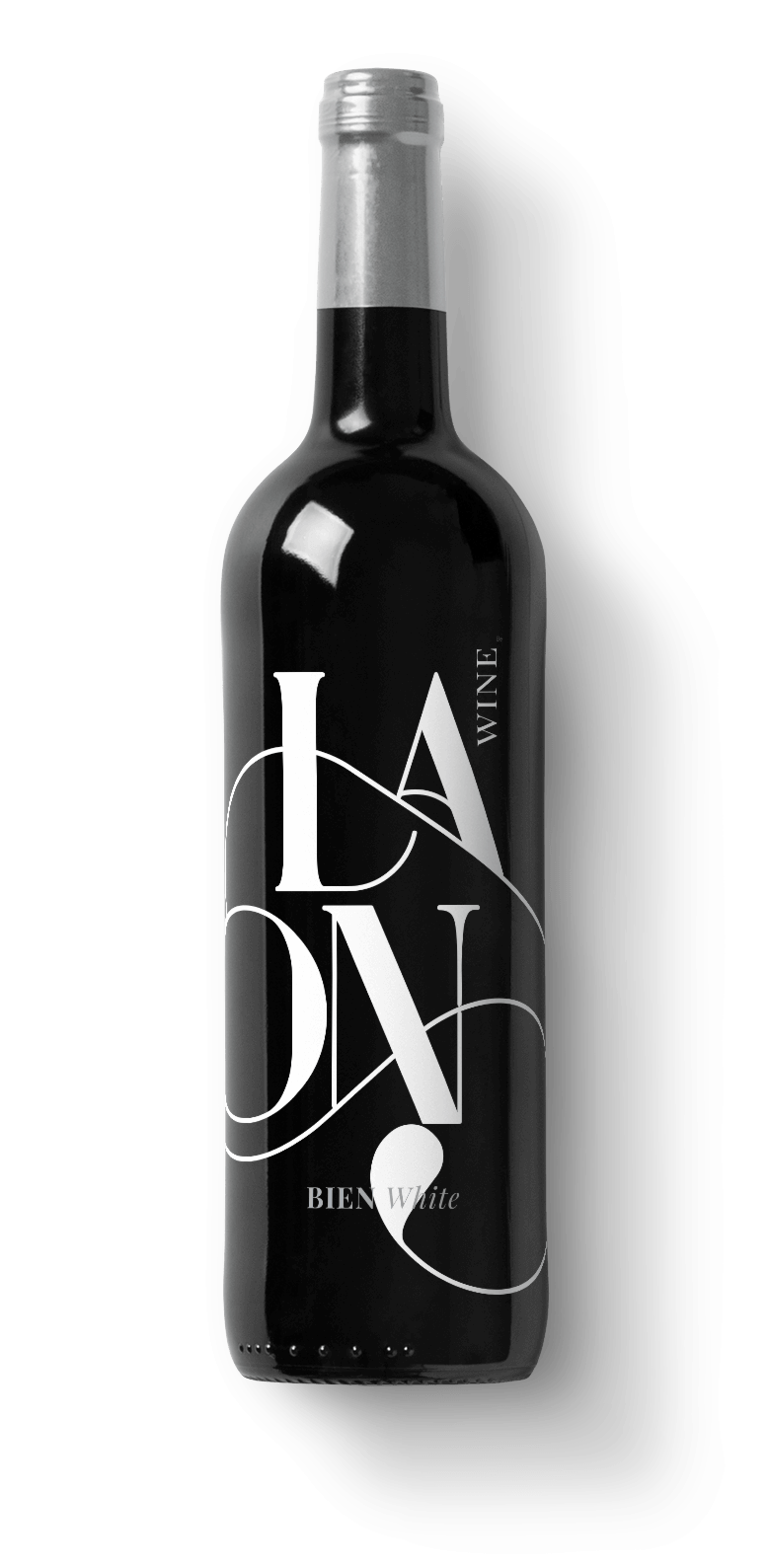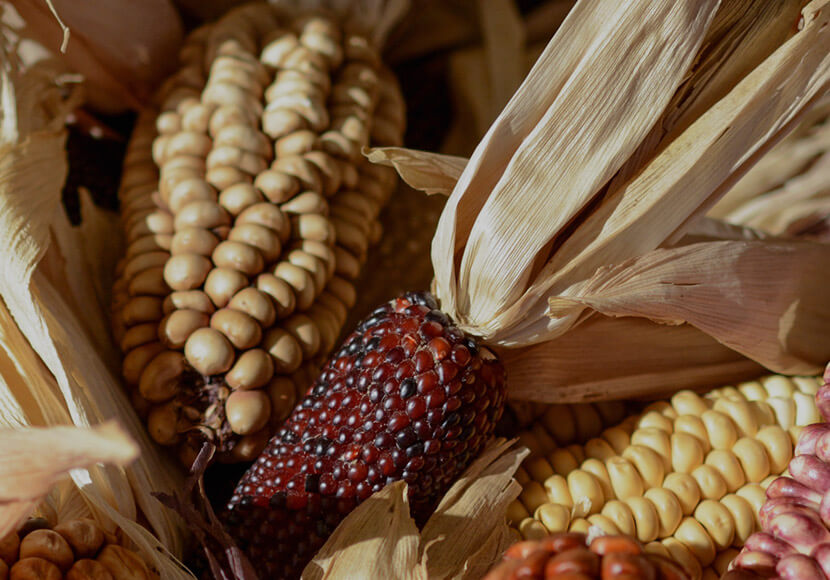For Rosso and Primitivo, minimum 1 year; for Riserva/Vecchio, minimum 2 years, including 1 year in barrel
88 ha / 217 acres (2014)
1,840 hl / 20,400 cases (2014)
12.0% for Bianco; 12.5% for Rosso and Rosso Riserva; 13.0% for Primitivo and Primitivo Riserva



